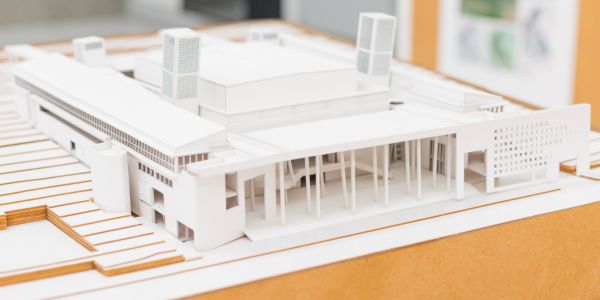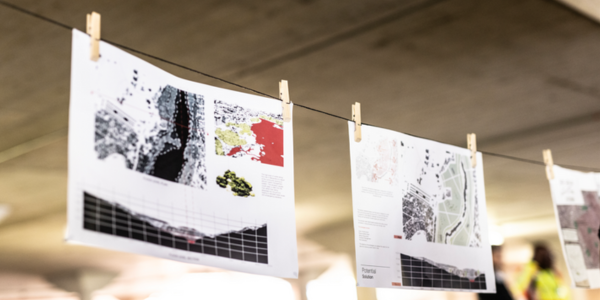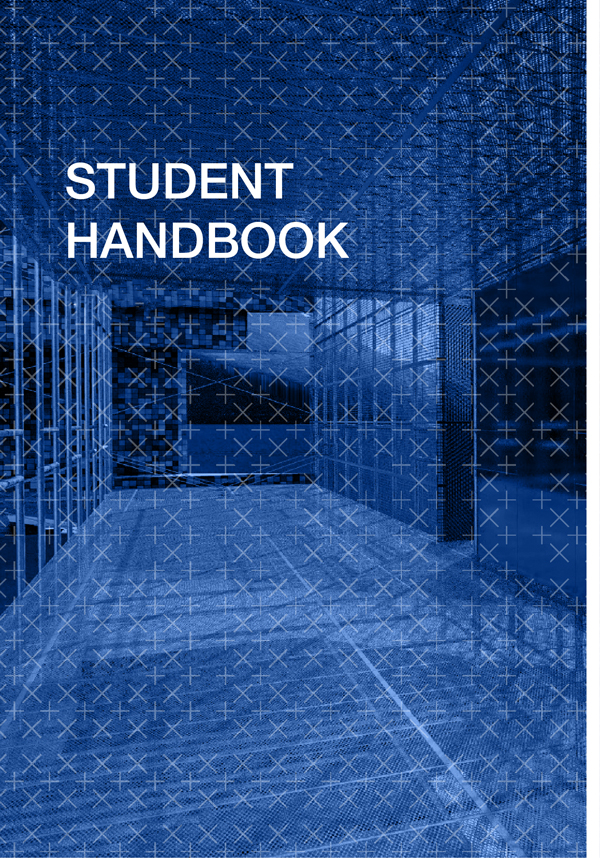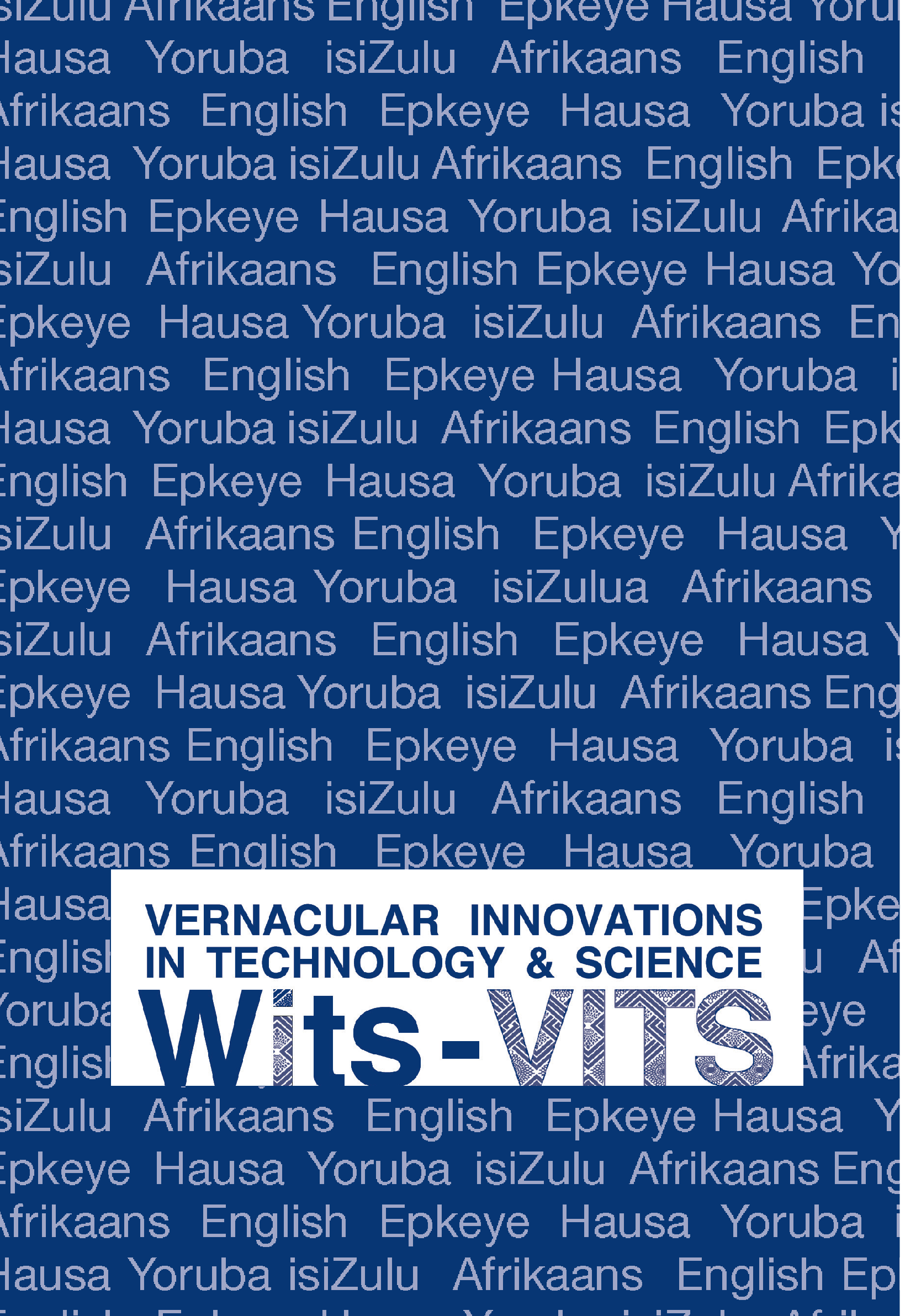
New Frontiers in Architecture, Urbanism, and Spatial Planning
The primary intent of the School of Architecture and Planning (SoAP) is to provide an excellent learning environment, offering accredited professional degrees in architecture, planning, and related interdisciplinary urban studies and urban design. With a view to equipping students to shape the future in these professions, and to contribute to the sustainable growth of their communities, SoAP’s intensive curricula, in addition to its research centres, explore the emergent territories of knowledge in these fields. Existing and future scholars and practitioners, operating in national and international arenas, are convened at our School to explore the full spectrum of current trends in design and planning, to find solutions to the challenges of global urbanism, urbanisation and urbanity, in balance with the diverse natural ecologies.
-
About us
At SoAP, from the time of enrolment, students are immersed in lectures on ecological design and planning, on technology and innovation in the built environment, attending colloquia on critical theory and debating the discourses related to policies, spatial studies, urban management and governance. Underpinning our ethos as a School is an intent of influencing policy through advocacy and through research, particularly concerning issues of urban spatial transformation, sustainable development, affordable housing provision, social justice, and the right of all citizens to access the city. Beyond the classroom, students go out into the field for immersive learning experiences, they undertake research, explore findings in design projects and other practical and application-based course components, responding to South Africa’s cultural and socioeconomic complexity. This learning experience enables the students to develop the necessary skill-sets that are essential for success in architectural and planning professional practice, and to understand the important ethical issues, adopting an imaginative engagement with what is pertinent to our contemporary context. Read more>>>>

-
History of the School
The Department of Architecture was one of the original departments of the University of Witwatersrand (Wits), which was founded in 1922. The Department was led for its first decades by Professor G.E. Pearse, architect and researcher, whose name is remembered in one of the School’s student scholarships. Since its inception, the Department of Architecture (now the School of Architecture and Planning) has been located on main campus, on the edge of downtown Johannesburg, in the centre of the Gauteng City-Region comprising today about 13 million people.
Following the tradition of founding centres of learning and excellence in strategic locations around the world, the discovery of gold in 1886 on the Witwatersrand motivated civic leaders to establish the University of the Witwatersrand thirty-six years later in 1922 with the Department of Architecture as one of its premier schools, and for the purpose of developing the technology and the skills that were needed for the growth of industry and commerce. In 1886 and during the immediate years that followed, Johannesburg was in its embryonic stages a masculine, gold mining, tent encampment, that nobody knew would become a city, let alone a place that would grow into a global metropolis.
The University was established at a time when the future global metropolis, Johannesburg, was still in its infancy. It is not surprising that Johannesburg is known by many different names including eGoli, the isiZulu term for ‘City of Gold’, ‘Joburg’, and ‘Jozi’. It is a part of the Gauteng City-Region, South Africa and Africa’s economic hub. As the premier architectural school on the continent, this Department played a crucial role in the construction of the built environment in the rapidly expanding urban agglomeration.
Urban and regional planning was gradually introduced into the curriculum from the late 1930s and a fully-fledged Department of Town and Regional Planning was set up in 1967. This was on the cusp of major events internationally which challenged the high modernism of the time, but it was also at the height of apartheid rule in South Africa. The Department evolved as a hub of critical thought, interrogating received wisdom and contesting the ideologies and politics of the period. The Department went on to pioneer other taught disciplines in South Africa, including ‘development planning’, ‘housing’ and ‘urban studies’.
In 2001 the disciplines were merged once more in the School of Architecture and Planning. The staff have continued to innovate the curriculum to meet the social and environmental needs of each period, and through their role in producing knowledge through active research programmes. The School is proud of its long contribution to the dynamic growth of the urban agglomeration, of which it is a part, but also of its contributions in the national and global context, and to the theory and practice of architecture, planning and other disciplines. Our aim is to achieve standards of excellent, in meeting the considerable challenges of the new era.
Johannesburg is known in the world for its mining and its industries, to the extent that in China the University of the Witwatersrand is known as ‘Golden Mountain University’, reflecting the origins of its city, born of a gold rush. The University and its departments of architecture and planning have always played a critical role in the training of scientists, skilled professionals and administrators for the city. It continues to do so. However, it also produced pioneers, leaders and critical thinkers, able to theorise, challenge and innovate. Amongst these distinguished personalities, there are many examples to cite, including: the aforementioned G.E. Pearse, the founder of the School in 1922; Rex Martienssen; international architectural critic, Denise Scott-Brown; the political activist and drafter of the Freedom Charter, Rusty Bernstein; and the influential planner Wilfred Mallows.
In its early years the Department of Architecture soon established an international reputation through the work of architect Rex Martienssen, who in 1933 published the seminal work, "Zero Hour" and introduced the modern movement to South Africa. The architecture library, currently housed in the John Moffat Building, is named after him. The Department developed an architectural pedagogy firmly rooted in architectural design, theory and history. Its programme was shaped by people who headed or taught in it, including John Fassler, Pancho Guedes, Peter Rich, Mphethi Morojele and Jo Noero, who have also been responsible for the design of some of the finest buildings in Southern Africa. In the 1990s, architects at the University of the Witwatersrand came to pay more attention to the unfolding drama of the city around them and, led by Professor Lindsay Bremner, established a profile for the Department as a centre of debate and experimentation.
Planning at the University traces its origins to the 1938 Congress on Town Planning held by the Architectural Students’ Society of the University of the Witwatersrand. It was in 1942 that the then Faculty of Architecture introduced a part-time postgraduate Diploma in Town Planning. The Department of Architecture introduced the country's first full-time bachelor’s degree in planning in 1965, with a separate Department of Town and Regional Planning, formed in 1967. From the start, the planning programme furthered theories linked to practice in South Africa under the successive leadership of Professors: Wilfred Mallows, Nick Patricios, John Muller, and Philip Harrison. Since 2007, the planning programme has been directed by a rotating leadership: Professor Alison Todes, Professor Mfaniseni Sihlongonyane and Garth Klein. In the 1980s, a development planning master’s programme was introduced to complement the bachelor degree, in response to international trends and local social issues. It has formed a major focus of the planning programme since.
The planning programme from the late 1970s played an important role in opposing Apartheid policies. Both staff and students were involved during the 1980s in critiquing the professional planning institution, stimulating its transformation, and developing urban sector NGOs, including Planact. This period of political upheaval helped in formulating current planning thought rooted in social and economic reconstruction.
Since the 1990s and following the advent of democracy, members of the School have played important roles in the development of national, provincial and national policy in the field. Recently, the School has been grappling with the debates, modalities and substance of transformation in the School and in the country.
Between the scales of architecture and planning, a joint postgraduate programme in urban design began in the late 1980s. At the end of the 1990s a joint postgraduate programme in housing was also introduced. A further initiative was to found the Centre for Urban and Built Environment Studies (CUBES), directing research towards issues of centrality and periphery, and the complex interrelationships existing between populations and their urban imaginaries. CUBES is now the home of interdisciplinary research and postgraduate teaching, and consultancy in the School, and a point of contact with colleagues across the University and institutions elsewhere.
In 2001, the former departments of Architecture and Town and Regional Planning amalgamated to form the School of Architecture and Planning. In 2010 the School established South Africa’s first National Research Foundation funded Research Chair in the field of planning (now named Spatial Analysis and City Planning), led by Prof Philip Harrison. In 2012 new streams of postgraduate study were introduced in urban studies and sustainable and energy efficient cities. In 2019, a variety of degrees were consolidated into an interdisciplinary Master of Urban Studies in the fields of Housing and Human Settlements; Sustainable and Energy Efficient Cities; Urban Politics; Urban Management; and Urban Research. The School has maintained its studio-based tradition and its pedagogy emphasises both creativity and experiment. With partners on several continents, a professionally engaged staff, the most diverse student body of any school in Africa, and involvement in design and urban issues in the exciting and transforming city, the School welcomes all enquiries regarding study, exchange, research or work opportunity.
-
EGoli, Jozi, City of Gold
Following the tradition of founding centres of learning and excellence in strategic locations around the world, the discovery of gold in 1986 on the Witwatersrand motivated civic leaders to establish the University of the Witwatersrand thirty-six years later in 1922 with the Department of Architecture as one of its premier schools, and for the purpose of developing the technology and the skills that were needed for the growth of industry and commerce. In 1886 and during the immediate years that followed, Johannesburg was in its embryonic stages a masculine, gold mining, tent encampment, that nobody knew would become a city, let alone a place that would grow into a global metropolis.
The University was established at a time when the future global metropolis, Johannesburg, was still in its infancy. It is not surprising that Johannesburg is known by many different names including eGoli, the isiZulu term for ‘City of Gold’, ‘Joburg’, and ‘Jozi’. It is a part of the Gauteng City-Region, South Africa and Africa’s economic hub. As the premier architectural school on the continent, this Department played a crucial role in the construction of the built environment in the rapidly expanding urban agglomeration.
Urban and regional planning was gradually introduced into the curriculum from the late 1930s and a fully-fledged Department of Town and Regional Planning was set up in 1967. This was on the cusp of major events internationally which challenged the high modernism of the time, but it was also at the height of apartheid rule in South Africa. The Department evolved as a hub of critical thought, interrogating received wisdom and contesting the ideologies and politics of the period. The Department went on to pioneer other taught disciplines in South Africa, including ‘development planning’, ‘housing’ and ‘urban studies’.
In 2001 the disciplines were merged once more in the School of Architecture and Planning. The staff have continued to innovate the curriculum to meet the social and environmental needs of each period, and through their role in producing knowledge through active research programmes. The School is proud of its long contribution to the dynamic growth of the urban agglomeration, of which it is a part, but also of its contributions in the national and global context, and to the theory and practice of architecture, planning and other disciplines. Our aim is to achieve standards of excellent, in meeting the considerable challenges of the new era.
Johannesburg is known in the world for its mining and its industries, to the extent that in China the University of the Witwatersrand is known as ‘Golden Mountain University’, reflecting the origins of its city, born of a gold rush. The University and its departments of architecture and planning have always played a critical role in the training of scientists, skilled professionals and administrators for the city. It continues to do so. However, it also produced pioneers, leaders and critical thinkers, able to theorise, challenge and innovate. Amongst these distinguished personalities, there are many examples to cite, including: the aforementioned G.E. Pearse, the founder of the School in 1922; Rex Martienssen; international architectural critic, Denise Scott-Brown; the political activist and drafter of the Freedom Charter, Rusty Bernstein; and the influential planner Wilfred Mallows.
In its early years the Department of Architecture soon established an international reputation through the work of architect Rex Martienssen, who in 1933 published the seminal work, "Zero Hour" and introduced the modern movement to South Africa. The architecture library, currently housed in the John Moffat Building, is named after him. The Department developed an architectural pedagogy firmly rooted in architectural design, theory and history. Its programme was shaped by people who headed or taught in it, including John Fassler, Pancho Guedes, Peter Rich, Mphethi Morojele and Jo Noero, who have also been responsible for the design of some of the finest buildings in Southern Africa. In the 1990s, architects at the University of the Witwatersrand came to pay more attention to the unfolding drama of the city around them and, led by Professor Lindsay Bremner, established a profile for the Department as a centre of debate and experimentation.
Planning at the University traces its origins to the 1938 Congress on Town Planning held by the Architectural Students’ Society of the University of the Witwatersrand. It was in 1942 that the then Faculty of Architecture introduced a part-time postgraduate Diploma in Town Planning. The Department of Architecture introduced the country's first full-time bachelor’s degree in planning in 1965, with a separate Department of Town and Regional Planning, formed in 1967. From the start, the planning programme furthered theories linked to practice in South Africa under the successive leadership of Professors: Wilfred Mallows, Nick Patricios, John Muller, and Philip Harrison. Since 2007, the planning programme has been directed by a rotating leadership: Professor Alison Todes, Professor Mfaniseni Sihlongonyane and Garth Klein. In the 1980s, a development planning master’s programme was introduced to complement the bachelor degree, in response to international trends and local social issues. It has formed a major focus of the planning programme since.
The planning programme from the late 1970s played an important role in opposing Apartheid policies. Both staff and students were involved during the 1980s in critiquing the professional planning institution, stimulating its transformation, and developing urban sector NGOs, including Planact. This period of political upheaval helped in formulating current planning thought rooted in social and economic reconstruction.
Since the 1990s and following the advent of democracy, members of the School have played important roles in the development of national, provincial and national policy in the field. Recently, the School has been grappling with the debates, modalities and substance of transformation in the School and in the country.
Between the scales of architecture and planning, a joint postgraduate programme in urban design began in the late 1980s. At the end of the 1990s a joint postgraduate programme in housing was also introduced. A further initiative was to found the Centre for Urban and Built Environment Studies (CUBES), directing research towards issues of centrality and periphery, and the complex interrelationships existing between populations and their urban imaginaries. CUBES is now the home of interdisciplinary research and postgraduate teaching, and consultancy in the School, and a point of contact with colleagues across the University and institutions elsewhere.
In 2001, the former departments of Architecture and Town and Regional Planning amalgamated to form the School of Architecture and Planning. In 2010 the School established South Africa’s first National Research Foundation funded Research Chair in the field of planning (now named Spatial Analysis and City Planning), led by Prof Philip Harrison. In 2012 new streams of postgraduate study were introduced in urban studies and sustainable and energy efficient cities. In 2019, a variety of degrees were consolidated into an interdisciplinary Master of Urban Studies in the fields of Housing and Human Settlements; Sustainable and Energy Efficient Cities; Urban Politics; Urban Management; and Urban Research. The School has maintained its studio-based tradition and its pedagogy emphasises both creativity and experiment. With partners on several continents, a professionally engaged staff, the most diverse student body of any school in Africa, and involvement in design and urban issues in the exciting and transforming city, the School welcomes all enquiries regarding study, exchange, research or work opportunity.
 A feminist takes on the experiences and struggles of those living at the margin of sanitation grids
3 March 2025
A feminist takes on the experiences and struggles of those living at the margin of sanitation grids
3 March 2025
 African Urbanisms Conference and Urban Fare
3 December 2024
African Urbanisms Conference and Urban Fare
3 December 2024
 Inside Ludwig’s architectural exhibition
14 October 2024
Inside Ludwig’s architectural exhibition
14 October 2024
 Bridging urban divides through education for a sustainable future
13 June 2024
Bridging urban divides through education for a sustainable future
13 June 2024






